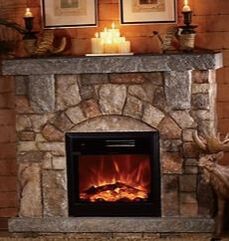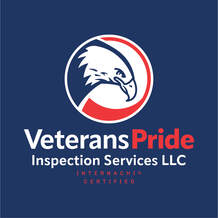 Top Fireplace Safety Tips for your Home 1. Clean your Fire Box after Every Fire Be sure to let the coals cool completely before cleaning. 2. Keep your Chimney Maintained Chimney fires are a leading cause of house fires, and can be prevented with annual maintenance. We recommend a certified, qualified chimney sweep perform annual maintenance to ensure trouble free operation year after year. 3. Ensure no Fuels are within 3 feet (0.91 m) of the fireplace Ensure no combustibles are left near a fire, as heat alone can cause flammable materials to ignite. 4. Use a Fireplace Screen A firescreen will prevent hot embers from "popping" out of a fireplace, igniting carpet and other flooring. 5. Only Burn Approved Fuels Never put any materials in a fire that will give off toxic fumes, such as styrofoam and plastics. 6. Never Leave a Fire Unattended Even for a short time, should an ember get through the screen, or the logs shift and roll out. Rare, but who wants to take that chance? 7. Position Logs near the Back of the Fireplace As mentioned in #6, as wood burns the logs will shift, and if stacked too close to the front of the fireplace, there's a possibility of them rolling out. 8. Keep a Carbon Monoxide Detector in your home Carbon monoxide gas is an odorless but deadly gas that is a byproduct of combustion. Usually, an operating chimney is enough to keep carbon monoxide gas levels at a safe level. However, there is always the risk of carbon monoxide poisoning around fires, especially if the chimney is not operating correctly. The safe solution is to ensure that a carbon monoxide detector is active in your home. There are combination carbon monoxide-smoke detectors now that will detect both. These are excellent options and you can save a bit of money doing it this way. 9. Keep a Fire Extinguisher Nearby Ensure a fire extinguisher and a fire blanket are nearby, and someone is properly trained to use them. A home fire extinguisher should be an ABC-rated extinguisher. These extinguishers are designed to be used on regular, electrical, and gas/liquid fires. A fire blanket is an excellent option for suppressing small fires, and are highly effective when used correctly. |
Archives
December 2023
Categories |
Photo from The Marmot

 RSS Feed
RSS Feed
12/14/2023
0 Comments